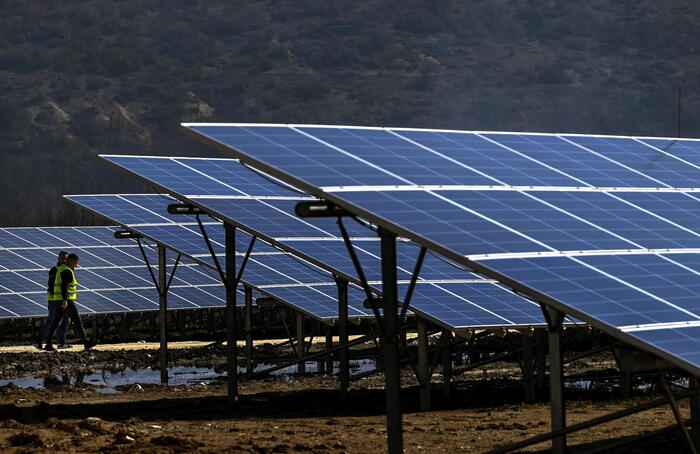New York City boasts numerous renowned monikers, including The City That Never Sleeps, The Concrete Jungle, and The City So Nice They Named It Twice. Now, following a groundbreaking update to the zoning code, New Yorkers may eagerly embrace a new title: the “City of Yes.”
In early 2023, the New York City Council approved the City of Yes for Carbon Neutrality zoning regulations, aiming to foster sustainable practices such as the development of clean energy and enhanced accessibility to electric vehicle chargers for residents.
These amended zoning laws have enabled the installation of solar canopies on over 8,500 acres of parking lots, with the potential to generate power for more than 130,000 homes once fully implemented, as reported by Electrek.
Mayor Eric Adams stated that, “By modernizing our city’s zoning code, we have taken a bold step forward in fighting climate change while delivering cleaner air, reduced energy costs, improved waste management, and increased access to EV technologies for New Yorkers citywide.”
The “City of Yes” regulations not only facilitate the expansion of rooftop solar panel coverage but also allow for the installation of EV charging stations in an additional 400 million square feet of space throughout the city.
These changes align with the ambitious goals of the New York City Council to reduce the region’s planet-warming pollution by 2050, emphasizing the transformation of the city’s energy grid and promoting the shift to EVs and public transit.
NYC’s adoption of solar panels on existing structures and encouragement of EV use contributes to a significant reduction in its carbon footprint, setting a commendable example for other cities aspiring to create a cleaner, greener future for the benefit of the planet and future generations.
While many celebrate these eco-friendly advancements, there is a growing call for similar clean energy initiatives to extend to parking lots nationwide. One commenter noted, “These are great anywhere, but it especially drives me crazy to see huge parking lots in California and Arizona that could be covered with these, with the added benefit of keeping cars cooler during those Arizona summers!”












